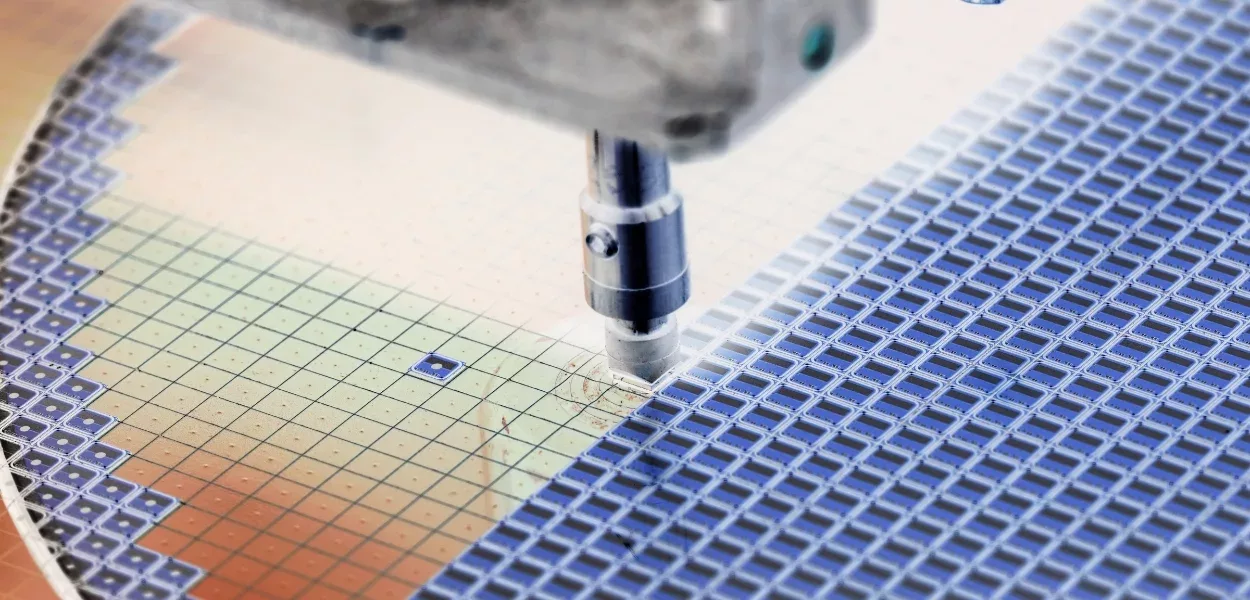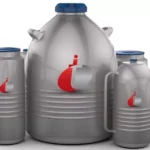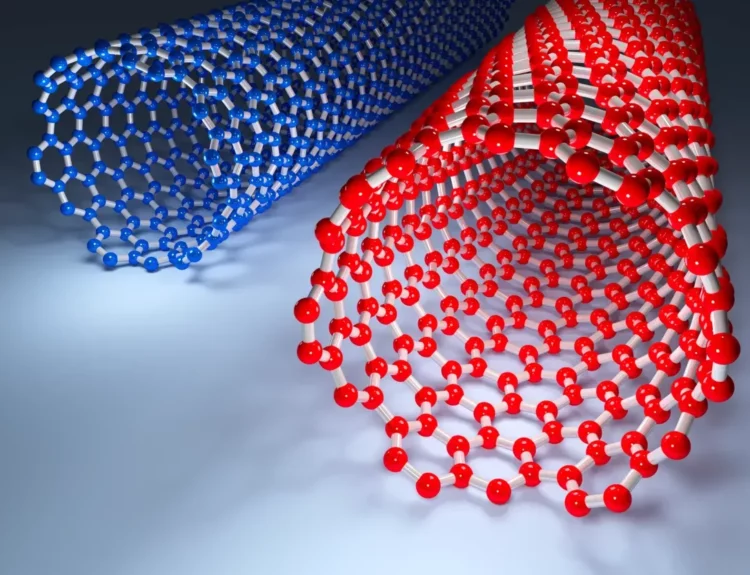When we talk about solar energy – the kind that powers homes and gadgets using the sun’s rays – silicon wafers are at the heart of the magic. These thin, shiny slices are crucial for converting sunlight into electricity. Let’s break down their role in solar applications in a simple, easy-to-understand way.
What is a Silicon Wafer?
A thin slice of silicon, which is a natural element that you can find in sand, is a silicon wafer. Silicon is great for solar panels because it’s abundant, durable, and, most importantly, very good at turning sunlight into electricity. The wafers are made super thin to be efficient and cost-effective.
The Role in Solar Panels
- Capturing Sunlight: The primary job of silicon wafers in solar panels is to absorb sunlight. When sunlight hits a silicon wafer, it starts a very cool process.
- Creating Electricity: When the sunlight (made of tiny particles called photons) hits the silicon, it knocks electrons loose. In the world of physics, loose electrons mean electricity. The design of the solar panel helps gather these electrons and turn them into a flow of electric current.
- Efficiency Matters: Silicon wafers come in different types, like monocrystalline and polycrystalline. Monocrystalline silicon, made from a single, pure crystal, is more efficient and expensive. Polycrystalline silicon, made from many melted-together crystals, is cheaper but less efficient.
Why Silicon?
- Abundance: In the Earth’s crust, silicon is the second most abundant element. This availability makes it a sustainable choice.
- Non-Toxic: Silicon is environmentally friendly and non-toxic, a big plus for green energy.
- Durability: Silicon wafers are durable and can withstand harsh weather and are hence used in solar panels for outdoor use.
The Future of Silicon in Solar Energy
The world of solar energy is always advancing. Researchers are constantly working to make silicon wafers even more efficient and affordable. Innovations might include new ways of processing silicon or combining it with other materials to capture more sunlight and convert more of it into electricity.
Conclusion
Silicon wafers are the unsung heroes of solar panels. They do the critical job of converting the sun’s energy into usable electricity. Their role in the growing field of solar energy is vital as we move towards more sustainable and eco-friendly power sources. As technology advances, the efficiency of silicon wafers in solar applications is only expected to improve, shining a bright light on the future of solar energy.






